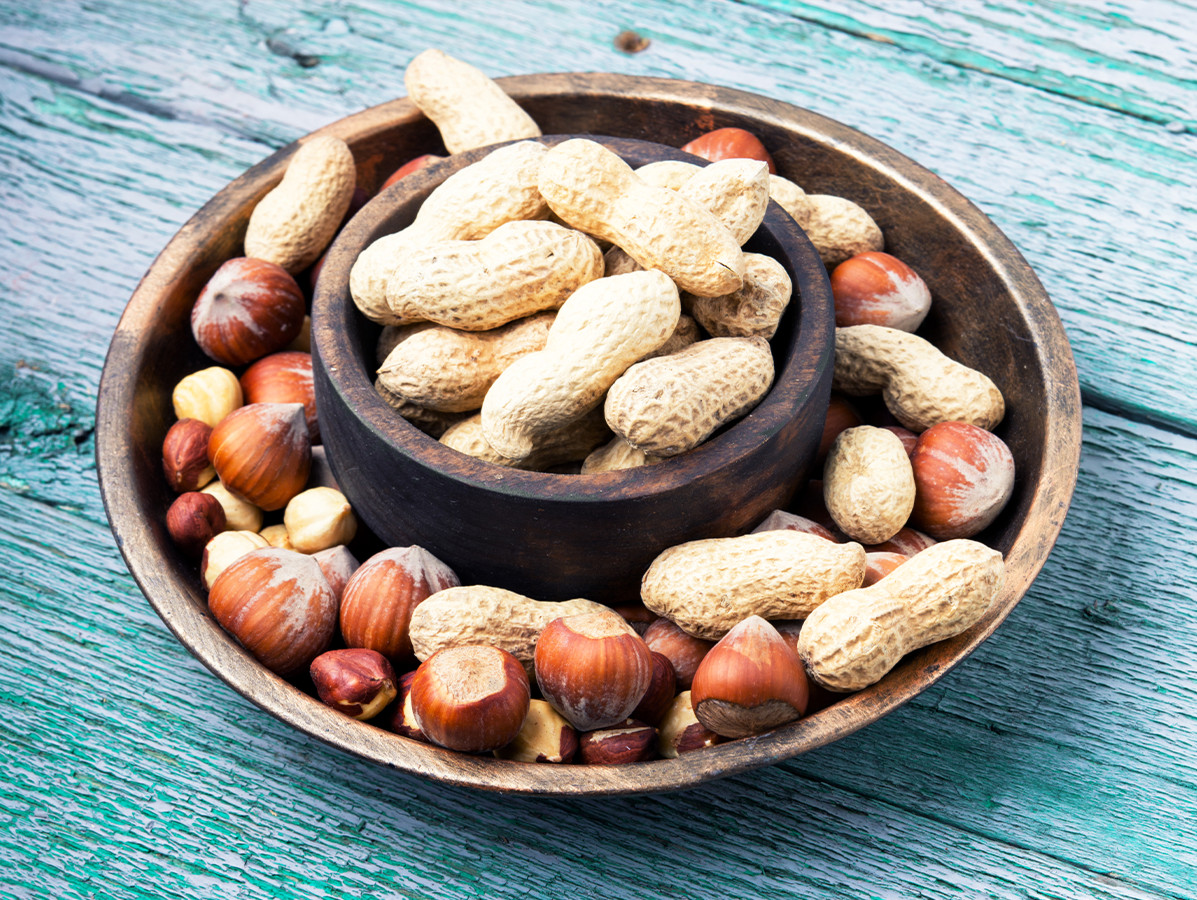
If someone with a peanut allergy accidentally ingests traces of peanut, it can have serious or even fatal consequences. Wageningen researchers have developed a simple test that consumers can use to test food for certain allergens on the spot, and they can view detailed test results on their smartphone. Scientists are working on similar tests for farmers and manufacturers to detect toxic substances in food.
Increasing numbers of children and adults have a food allergy. It is not always clear when food contains an allergen, which is a substance that someone is allergic to. In factories, different foods can come into contact with each other, causing cross-contamination. Many food manufacturers therefore state on the packaging that a product “may contain” traces of peanuts, nuts, etc. Many food manufacturers do their best to avoid cross-contamination, but that it sometimes happens by accident.
Over the past few years, Gina Ross researcher at Wageningen University & Research, has developed a simple self-test that consumers can use to check whether there are traces of peanut or hazelnut in a product. You take a small sample of what you want to eat, such as a biscuit. You put it in the test, which is called an immunoassay. If there are allergens in the sample, a black line will appear on the test strip within minutes, along with a control line. If you want to learn more, you can connect the test to your smartphone with a special holder. Detailed test results, such as the amount of allergens in the sample, will be displayed on the screen. If no line appears, you can safely eat the product. The control line will be visible, which indicates that the test was performed correctly.
In the self-test, a line has been created with specific antibodies for a particular allergen. A second antibody in the solution is marked with carbon nanoparticles and also binds the allergen. One carbon particle on the test line cannot be seen with the naked eye, but many particles together cause the line to turn black and the test to be positive.
The tests are not just for consumers: they also focus on farmers and the food industry. For example, a test was developed at the University of Belfast that allows shellfish producers to measure natural toxins in mussels, and researchers at the University of Prague developed a test for measuring pesticide residues in fruit and vegetables.
Self-tests for food safety and quality are also ideal for use by farmers and food manufacturers in low-income countries. “It doesn’t require expensive and extensive lab equipment. And the technology still works well, even if you have an old smartphone. I tried it out on an old model that I have not used for a long time”, says Gina Ross.
The self-test for traces of peanut and hazelnut in biscuits is not yet going into production; additional research is required first. There may be a follow-up project in the European Horizon 2020 science programme. Ross will now continue working on the EU project PhotonFood, developing tests to detect mycotoxins, toxins from fungi, in food. These toxins can occur in all kinds of food products, including grains. The intention is that farmers and food manufacturers will be able to use the tests themselves.
Source: Wageningen University & Research